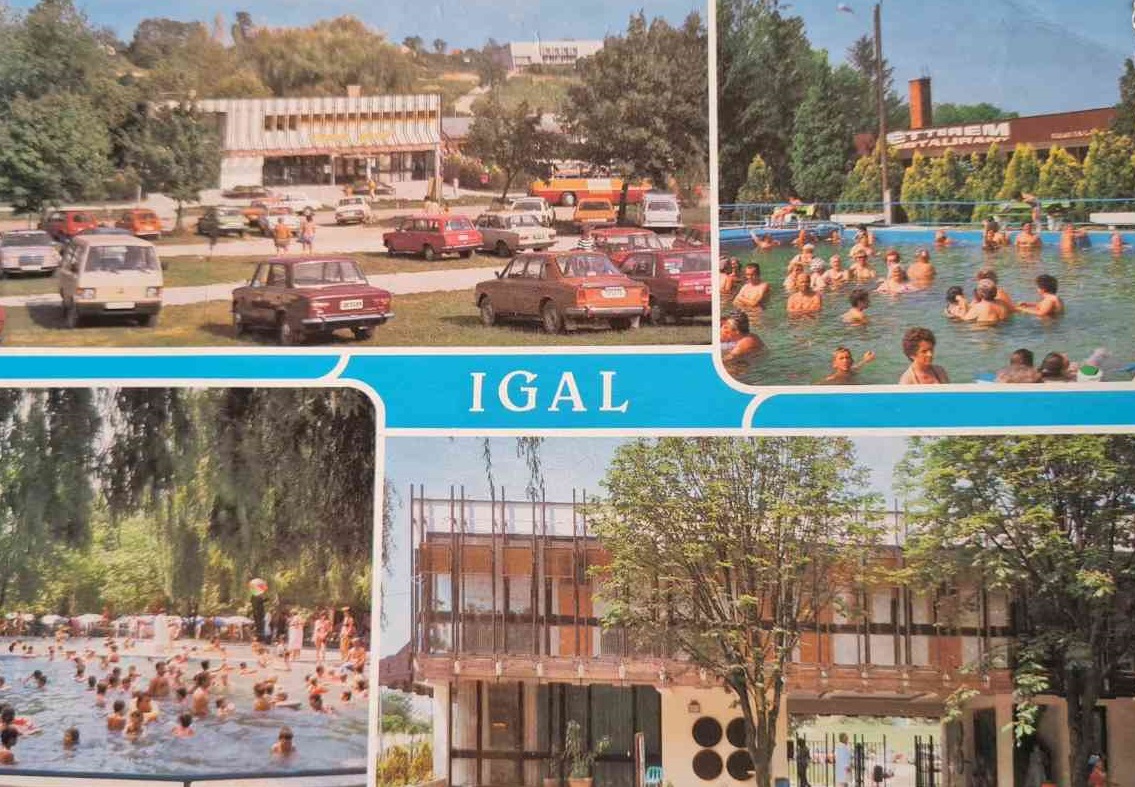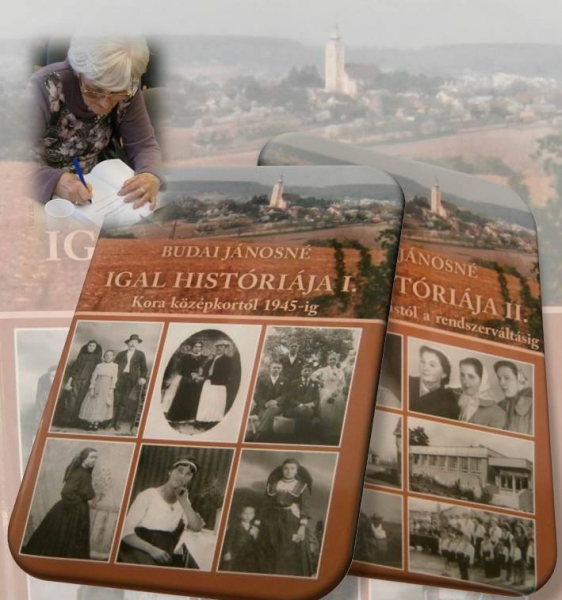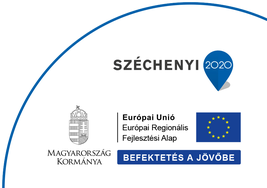The history of Igal
Igal is the most significant settlement of Outer-Somogy. It’s outstanding role dates back to the Middle-Ages.
 The town’s name was first mentioned in 1193 in the document issued to the Knights of Janos (Johannites). This is the first historical proof that the region was already populated much earlier. A document dating back to 1211 names it as a village. In 1272 the palatine donated the settlement to the nunns of Rabbit Island.
The town’s name was first mentioned in 1193 in the document issued to the Knights of Janos (Johannites). This is the first historical proof that the region was already populated much earlier. A document dating back to 1211 names it as a village. In 1272 the palatine donated the settlement to the nunns of Rabbit Island.
Two hundred years later the settlement was mentioned as a country – town. During the Middle-Ages the town was under the protectorate of the landlord, not fully independent. King Matthias donated a „letter of privileges” to Igal and a permission to hold four nationwide market a year. During the Turkish war a fortification was built around the town (1632-1633).
In 1687 palatine Eszterhazy mentiones in his records that the town was taken back from the Turks. The Turkish occupation left it’s traces on the town: the population decreased significantly and the development stagnated. It was the time when Igal received the distinguished name of „Haiduk town” commemorating the fact that the town’s men participated in the war of liberation. The flag holding armoured arm in the coat of Igal also refers to the „haiduks”. After the Turkish occupation the domain was donated to the Batthany family but later when the family fell from grace it was confiscated by the Hapsburgs. Later the domain was donated to the Berger family and to the Veszprem Episcopate.
During the freedom fight of Princ Rakoczi, general Vak Bottyan fought a bloody battle at the vicinity of Igal. The battle ended with the victory of the labanc (the Hapsburgs) and hundreds of fallen kuruc (Hungarian freedom fighters) remained on the battle field. During this battle many town’s people became a victim also, the town suffered severe damage and the church which was built in 1331 burned to the ground.
The fallen people (soldiers and civialians) were buried in a common grave over which the town built a hill and named it a Calvary ( still part of the town).
After the freedom fight of 1848-49 the town developed rapidly until 1856 when a cholera epidemic broke out which decimated the population. Later the demography improved and the population grew substantially. At the turning of the century dozens of people (the poorer segment of the population) emigrated to the New World (America) and supported the families who remained behind. During the two world wars the small industry and commerce improved substantially and the livestock market attracted people from all over of the country.
 In 1948 the MAORT (Hungarian –American Oil Company) was drilling for oil at the site of the present spa. Instead of oil a 81 degree Celsius hot water was gushing out of the hundreds of meter depth. The well was sealed but in the sixties the first pool was built (by manual labor of the volunteer towns people). The spa positively effected the improvement of Igal since the excellent water attracted people from all over of the country. More than hundred thousand people visiting the spa yearly either for enjoyment or for the excellent healing properties of the water. The tourism also improved, hotels and restaurants were established at the vicinity of the spa which also providing jobs for the population. Around the spa numerous beautiful villas were built, many of them owned by Germans who favor the region for the gorgeous scenery and certainly for the quality of the water. Igal became an attraction for thousands of people who return regularly or prefer to have their homes here permanently.
In 1948 the MAORT (Hungarian –American Oil Company) was drilling for oil at the site of the present spa. Instead of oil a 81 degree Celsius hot water was gushing out of the hundreds of meter depth. The well was sealed but in the sixties the first pool was built (by manual labor of the volunteer towns people). The spa positively effected the improvement of Igal since the excellent water attracted people from all over of the country. More than hundred thousand people visiting the spa yearly either for enjoyment or for the excellent healing properties of the water. The tourism also improved, hotels and restaurants were established at the vicinity of the spa which also providing jobs for the population. Around the spa numerous beautiful villas were built, many of them owned by Germans who favor the region for the gorgeous scenery and certainly for the quality of the water. Igal became an attraction for thousands of people who return regularly or prefer to have their homes here permanently.
End of this summer a new addition will be built at the spa which will provide even more attractive facilities. The ultimate goal is to build a hotel within the premises of the spa and create an up to date health center utilizing the healing properties of the water which is very high in Iodine (also Bromide and other important elements).

